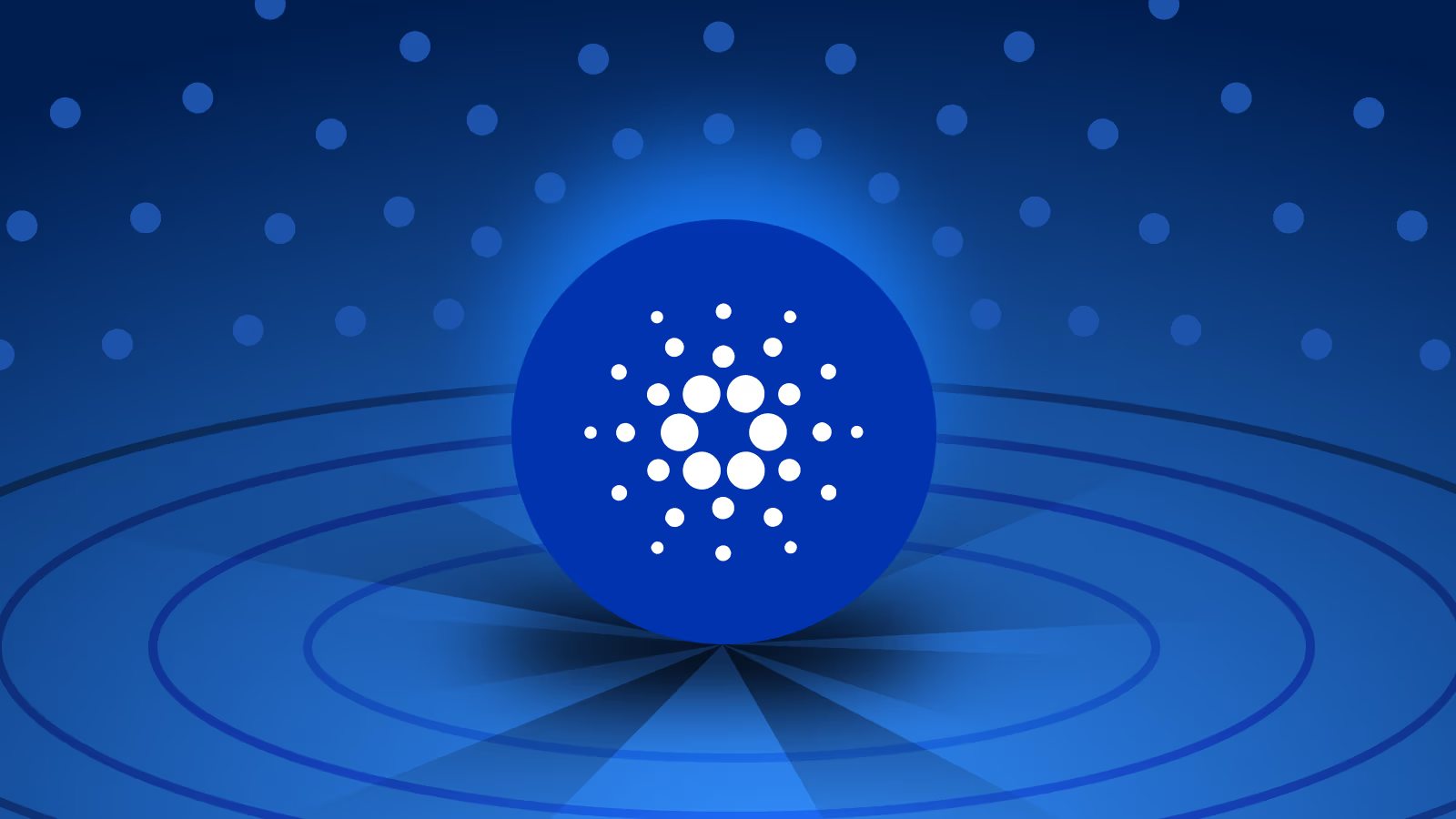
In the ever-evolving landscape of blockchain technology, Cardano has emerged as a prominent player, distinguished by its research-driven approach and commitment to sustainability. Founded in 2015 by Charles Hoskinson, a co-founder of Ethereum, Cardano aims to address the limitations of earlier blockchain platforms through a scientifically rigorous methodology.
Understanding the Architecture of Cardano
Cardano’s architecture is bifurcated into two primary layers:
- Cardano Settlement Layer (CSL): This layer manages the transfer of ADA, Cardano’s native cryptocurrency, ensuring secure and efficient transactions.
- Cardano Computation Layer (CCL): Dedicated to smart contracts and decentralized applications (dApps), the CCL allows for the execution of complex programmable transactions. This dual-layer design enhances security and flexibility, enabling updates to one layer without disrupting the other.
Ouroboros: The Proof-of-Stake Consensus Mechanism
At the heart of Cardano’s operation is Ouroboros, a novel proof-of-stake (PoS) consensus algorithm. Unlike proof-of-work (PoW) systems that require substantial computational power, Ouroboros selects validators based on the amount of ADA they hold and are willing to stake as collateral. This approach significantly reduces energy consumption, aligning with Cardano’s emphasis on sustainability.
Commitment to Academic Research
Cardano distinguishes itself through its dedication to peer-reviewed academic research. Each component of its development undergoes rigorous scrutiny by experts in the field, ensuring a robust and scientifically sound foundation. This commitment to academic excellence fosters innovation and positions Cardano as a leader in blockchain research.
Advertisement
Join Gemini today and get $15 in free Bitcoin when you trade with an easy, secure and U.S.-regulated crypto exchange you can trust. Offer valid for U.S. residents only; crypto investments are risky.
Cardano Interoperability and Scalability
Recognizing the diverse strengths of various blockchains, Cardano prioritizes interoperability. Its design facilitates seamless communication between different blockchain networks, promoting a more cohesive ecosystem. Additionally, Cardano’s architecture is built to scale efficiently, accommodating a growing number of transactions without compromising performance.
Cardano Use Cases and Applications
Cardano’s versatile platform supports a wide array of applications, including:
- Decentralized Finance (DeFi): Enabling financial services without intermediaries.
- Supply Chain Management: Enhancing transparency and traceability in supply chains.
- Identity Verification: Providing secure and decentralized identity solutions.
These applications demonstrate Cardano’s potential to revolutionize various industries by leveraging blockchain technology.
ADA: Native Cryptocurrency of Cardano
ADA serves as the lifeblood of the Cardano network, facilitating transactions and serving as a means of staking within the PoS system. Holders of ADA can participate in network governance, influencing the future direction of the platform.
Conclusion
Cardano’s innovative approach, grounded in scientific research and a commitment to sustainability, sets it apart in the blockchain arena. Its dual-layer architecture, energy-efficient consensus mechanism, and focus on interoperability position Cardano as a formidable force in the quest for a more secure and scalable blockchain ecosystem.




